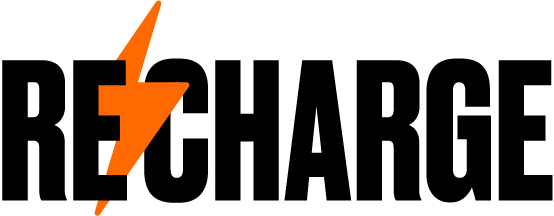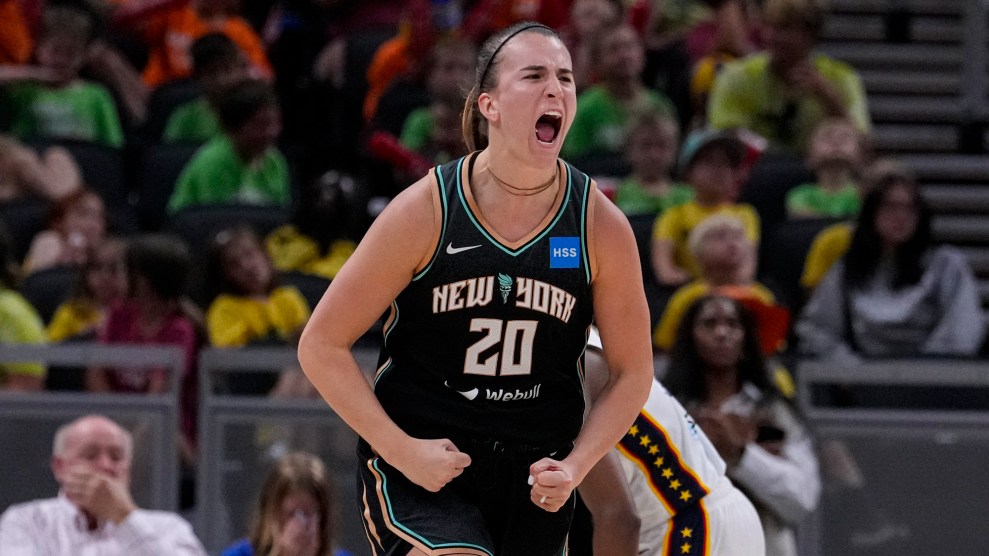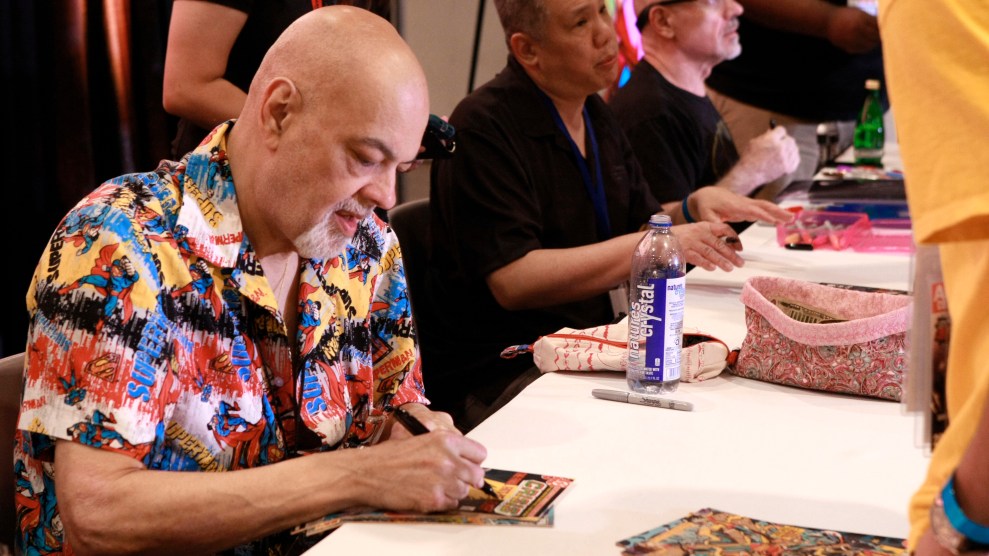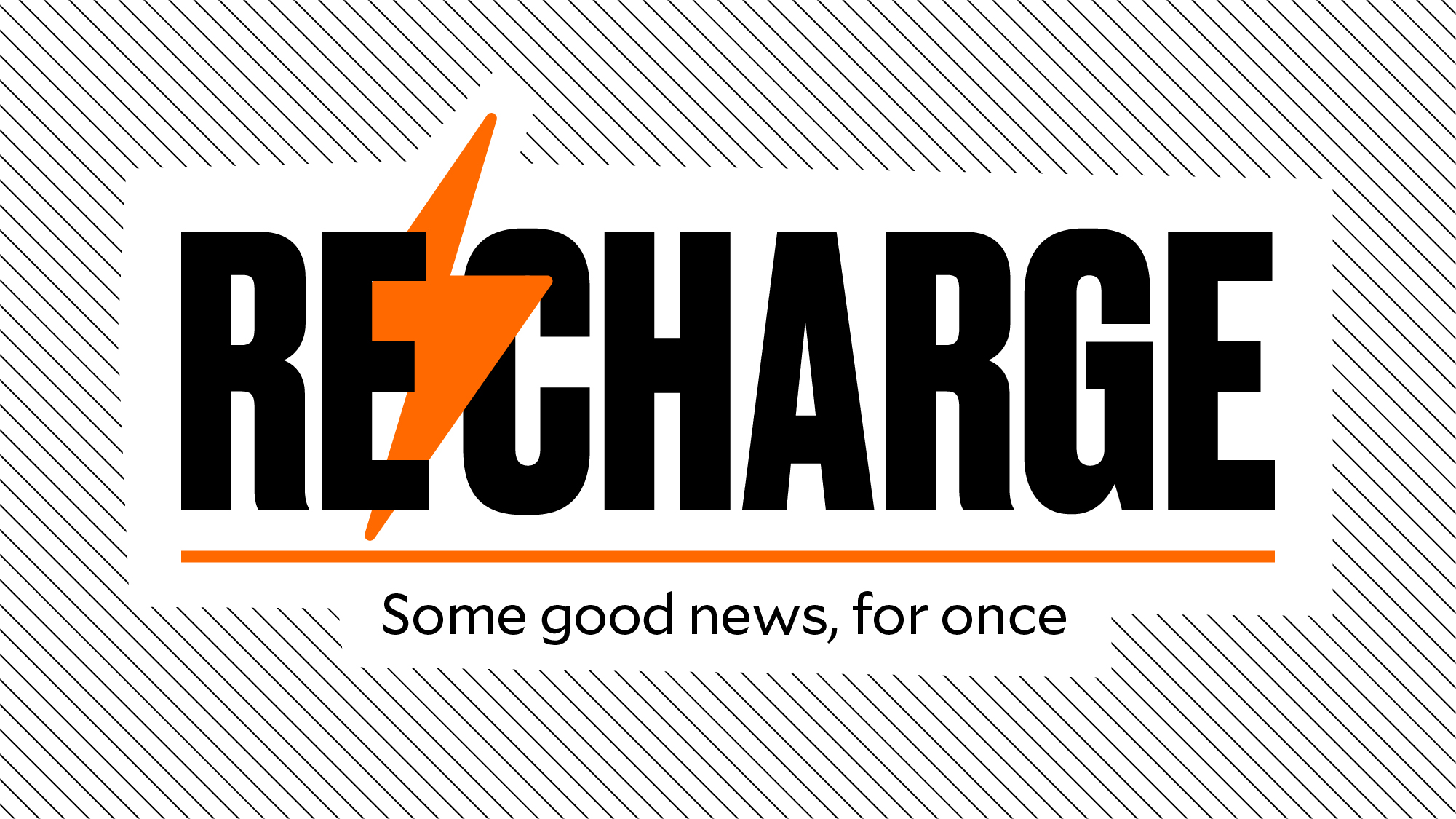One in four American adults have a disability, and more than 70 percent who do said it “really matters” who won the last presidential election. Only 59 percent said so who didn’t report having a disability. That’s a telling measure of investment in outcome, electoral engagement, and acutely felt consequences, and it’s heightened in the South, where the percentage of people living with disabilities, or disabled people, is highest and where down-ballot races are heating up. But for all the challenges to ballot access, “COVID-19 has opened up opportunities to report on disabled aspects of the ongoing health crisis in a way that the community has been speaking about for decades,” say John Loeppky and Julia Métraux in a powerful Poynter article today.
Give it a close read; they explore the disability reporting gap and how “media rarely includes disabled voices” but also how “the disability community is disproportionately affected by issues like police violence and climate change.” It’s a gripping picture, but the picture is precisely painted, and there’s a deeper measure of strength and hope in the story: As obstacles mount, movements grow. As ballot access hangs in the balance, voices for change multiply. Meeting the moment is exactly what Loeppky and Métraux are up to in the piece. Share it.
Zachary Wolf also amplified the stakes in his CNN article yesterday, “How to Help People With Learning Disabilities Cast Their Votes,” including a Q&A with Quinn Bradlee, a founder of the National Center for Learning Disabilities’ Our Time, Our Vote initiative. And my Mother Jones colleague Will Peischel did so in his must-read about the pandemic’s impact for many deaf people.
“Stories on disability should not just be tied to milestones like the 30th anniversary of the American With Disabilities Act or written about in an inspirational way,” write Loeppky and Métraux.
If you’re one of the 35 million eligible voters or 61 million adults who has a disability, or is disabled, let us know your thoughts on ballot access and representation at recharge@motherjones.com. Even and especially if you’re not, follow the National Center on Disability and Journalism @NCDJ_ASU on Twitter and @ASUNCDJ on Facebook. Mechanisms for change, and a growing toolkit, are there.

















